Pulling together to get light railway back on track
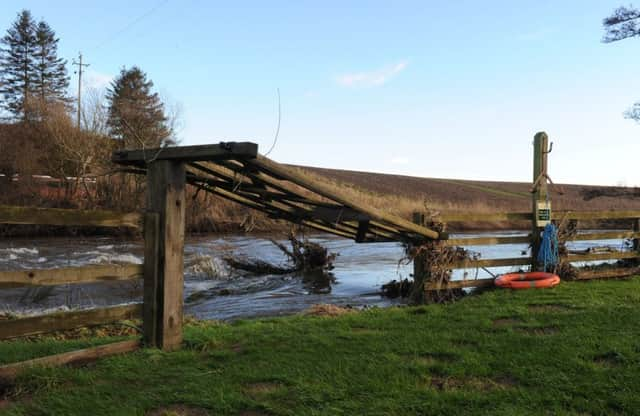

The good news is that the recent floods have not been as devastating of those in 2008 which nearly wiped out the business.
The bad news is that a lot of preparatory work for the 2016 season has been ruined and must be done again.
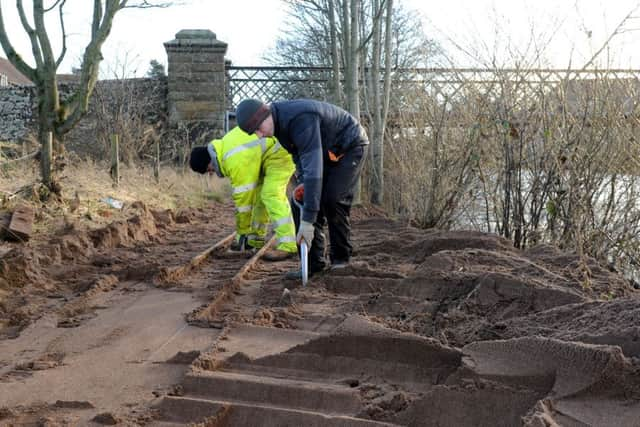

Advertisement
Hide AdAdvertisement
Hide AdPaul Smith, who runs the railway, said: “There’s been some significant damage to the railway, most notably near Etal station where there’s been some contamination of the ballast.
“Sand from the river has got into the gravel that holds the track in place and that undermines it so it will have to be re-laid. That’s particularly frustrating because it’s a brand new section of track that we’d finished just before Christmas.
“There’s also been a lot of sand deposited on the track next to Heatherslaw bridge which will take some clearing and the water just leaked into our ticket office so that’s got to be re-carpeted.
“We also need new gates on the car park entrance and Ford and Etal Estates will need to do a bit of work on clearing the mud and silt out of the car park.”
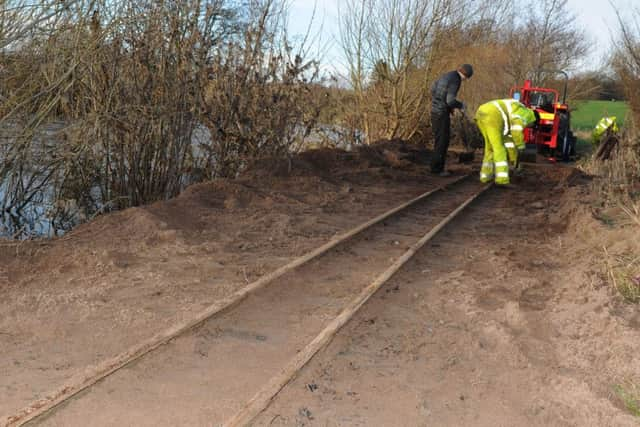

Advertisement
Hide AdAdvertisement
Hide AdIt means that plans to open in February half-term week have been abandoned, with the focus now on getting ready for March 20, when other attractions on Ford and Etal Estates open for the new season.
Fortunately, the locomotives were on slightly higher ground and escaped damage.
“We’ve got to clean up some of the carriages but at least the engines were okay,” said Paul.
That wasn’t the case in 2008 when Lady Augusta, its much-loved steam locomotive, was submerged in three feet of water and then left covered in silt.
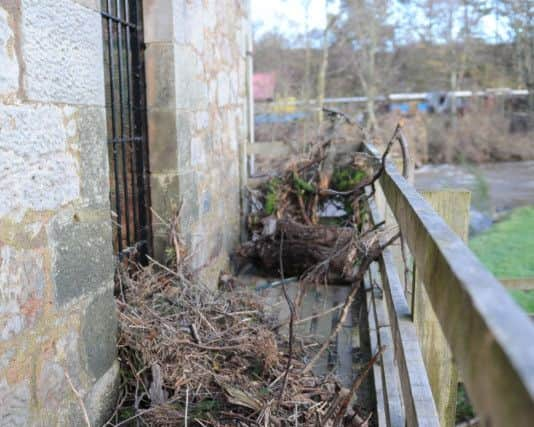

Advertisement
Hide AdAdvertisement
Hide Ad“The flood was about 1.2metres lower this time,” said Paul. “It was still the second or third biggest flood we’ve had in my time here but nothing like as bad as in 2008.”
It was also the second time in three weeks that the railway has been left under water.
“The river also flooded on Boxing Day but I thought we’d largely got away with it, certainly compared to half the country, but this one was a much bigger affair.
He added: “We’ve been overwhelmed by the feedback we’ve received. The number of people, not just locally but all over the country, who have given their good wishes, liked us on Facebook and offered their help has been quite something.”
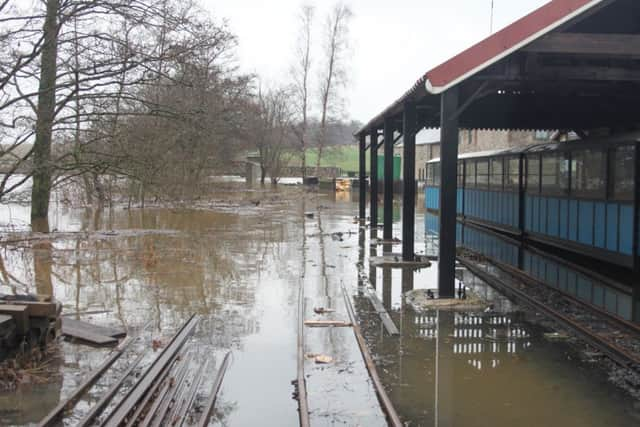

Advertisement
Hide AdAdvertisement
Hide AdThe 2008 floods nearly wiped out the business. It had to close for about three weeks in the September of that year and there was a lot of damage, both to the track and the machinery, which cost a lot to put right.
Heatherslaw Light Railway, arguably the focal point of Ford and Etal Estates’ tourism offer, celebrated its 25th anniversary last year. At 2.25 miles long, it follows the course of the River Till round the outside of the Letham Haugh, with a return journey time of approximately 50 minutes.
Heatherslaw Mill, on the opposite bank, was also flooded, although the water did not quite reach the visitor centre.
Elspeth Gilliland, tourism manager at Ford and Etal Estates, said: “The water got into the basement of the mill but that will have happened many times over the hundreds of years that it’s been there.
Advertisement
Hide AdAdvertisement
Hide Ad“It’s an inconvenience mostly because the flood water obviously leaves a lot of dirt and debris behind so it has to be cleaned out.
“Fortunately, it stopped just short of the visitor centre. It was a close thing but there’s a small concrete plinth at the entrance, just a couple of centimetres high, and that’s as far as it got.”